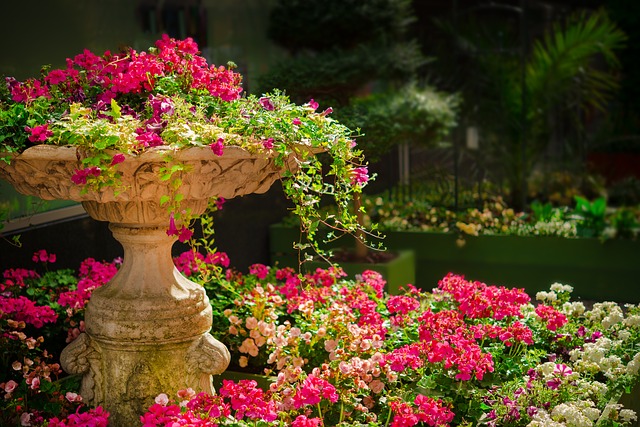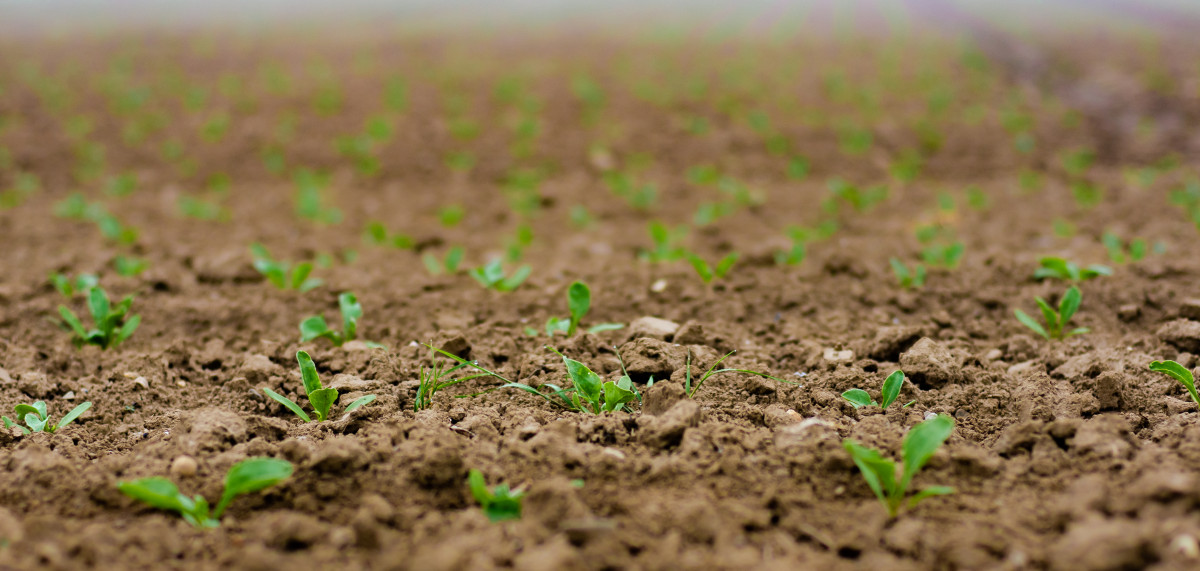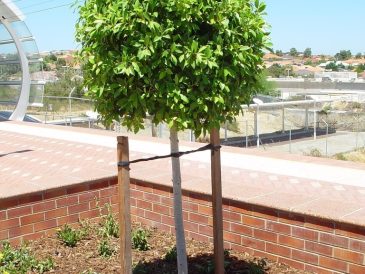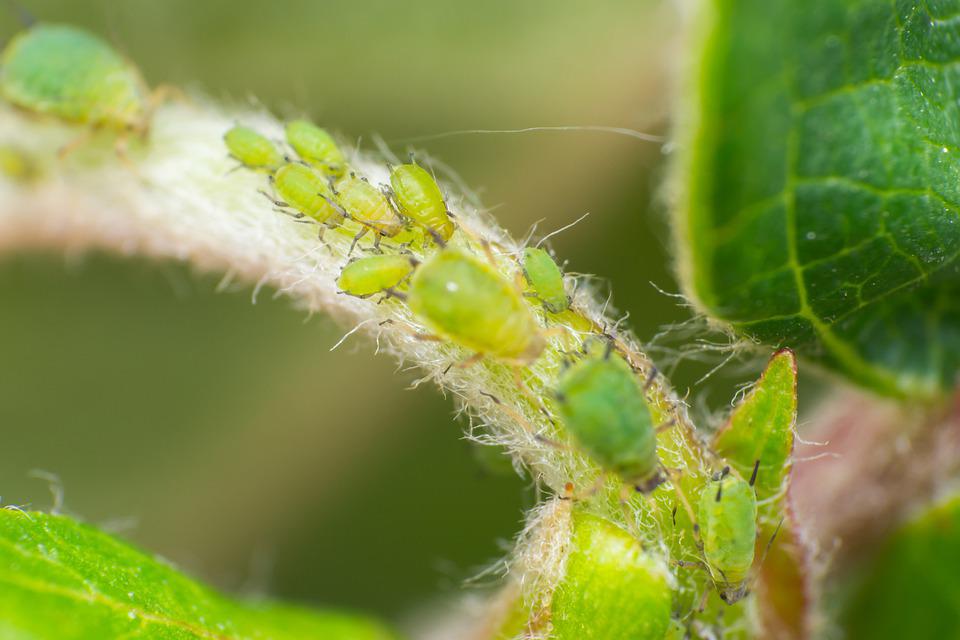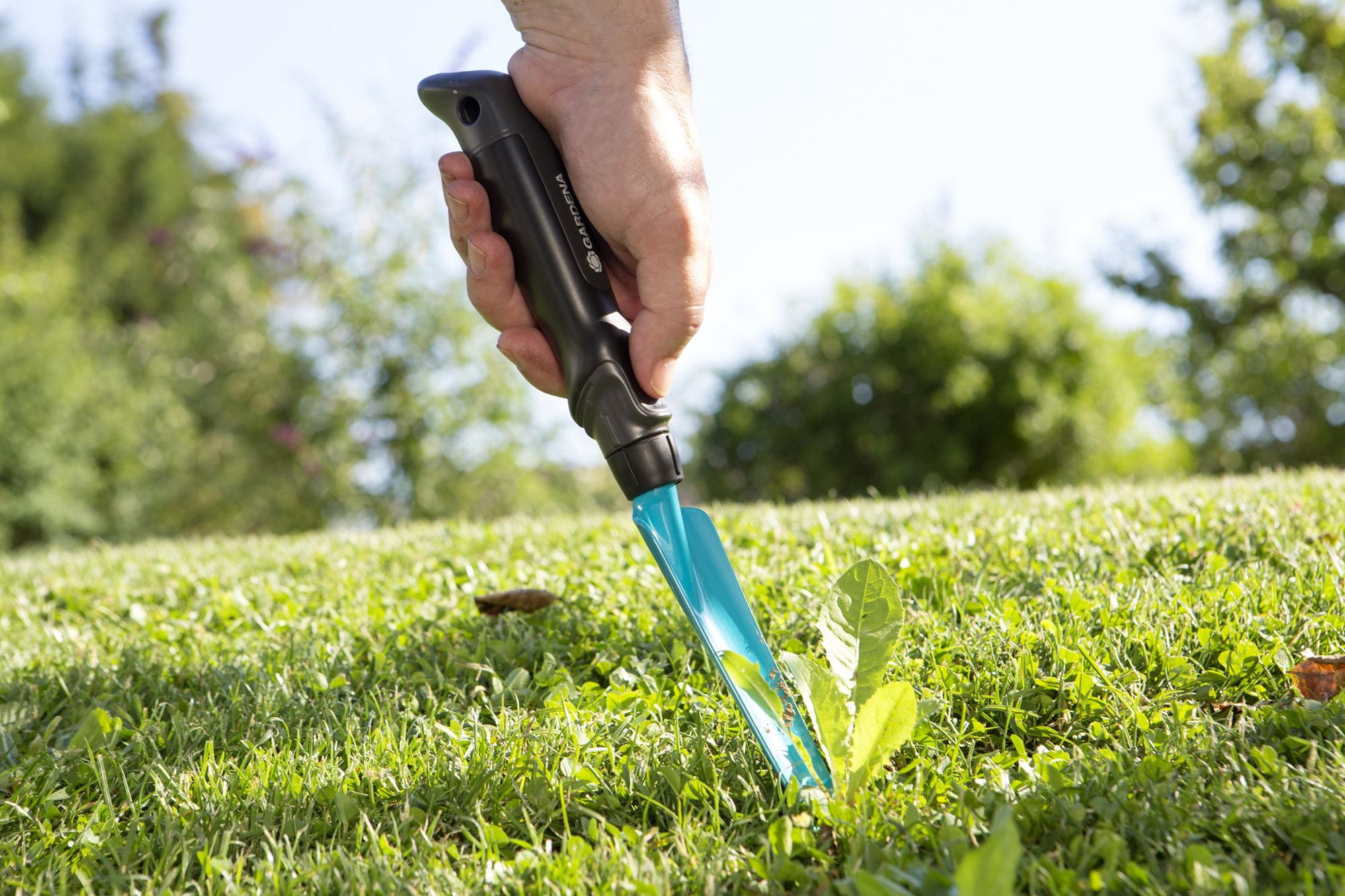Designing your garden is one of the most exciting steps in building a home. In addition to growing vegetables, we plant various trees and flowers for our greatest happiness. However, it’s important to be careful with the plants you choose to put in your garden to avoid becoming a victim of plant poisoning. Here is a list of plants to avoid in your garden to preserve this oasis of peace and well-being.
Why Are These Plants Toxic?
Before trying to create your own garden, remember that experience is the best teacher. Thus, hiring experienced professionals would surely be more beneficial for you. However, it would be prudent to have some knowledge of plants not recommended for the garden.
Research and studies in pharmacopeia reveal that establishing the list of toxic plants is almost a daily task. The boundary between toxic and therapeutic plants is still very confusing. The French National Agency for the Safety of Medicines and Health Products (ANSM) has two non-exhaustive lists of plants. List A lists traditional medicinal plants, while List B lists those more harmful than therapeutic.
These plants, which should be excluded from your home’s landscaping, are regularly the source of digestive, nervous, cardiovascular and other disorders. A simple contact triggers their harmful effects, sometimes causing death.
Aconite
By a simple contact with the skin, this plant causes dermatitis, and in contact with a wound, it intoxicates the body in a few minutes. It is easily confused with turnips, so avoid it at all costs in your garden. Aconite is, however known to treat the first symptoms of the flu by homeopathy. Lysimachia, an ornamental and curative plant with yellow or white flowers, can replace Aconite in the garden.
Arum
With a beautiful white cone similar to a petal, the arum has, however toxic leaves and fruits. Its small red berries attract the eye, but their ingestion releases a harmful poison. The risk of death is very high after 10 berries are consumed. Instead, the white royal lily is more suitable.
Boxwood
Although poisonings are rare in humans, this small shrub, which quickly merges with the lawn bushes, is entirely poisonous. It has a paralyzing and lethal effect, even in small quantities.
Honeysuckle
This very fragrant climbing plant has poisonous leaves and berries. When ingested, one is quickly subject to vomiting, dizziness and, diarrhea, even respiratory distress. A fragrant climbing rose will perfectly replace the honeysuckle in your garden.
Autumn Colchicum
This plant alone contains twenty alkaloids. Ingestion of any part of the Colchicum has impacts on the cardiovascular, nervous and respiratory systems, often resulting in death. Keep it out of your garden as its leaves quickly become confused with wild garlic.
Some Alternatives and Garden Tips
The list of plants to avoid in the garden is very dynamic. Datura, lily of the valley, castor oil, oleander, holly are all toxic plants that should never be placed in a garden.
The advantage of a garden over a vegetable garden is that you can find all sorts of non-edible plants that are very pleasant to smell, look at and touch. And if you lack space, you can plant your vegetables along a hedge or a green wall.
The garden is a whole ecosystem. From hedges to edible fruits and vegetables to ornamental plants, everything must be designed for your greatest satisfaction.
For the cause, plant shrubs that don’t require much care, such as ground cover plants. Then, don’t leave weeds lying around too long; weed regularly. Also, have a maintenance plan for your garden. It takes a lot of effort to have a welcoming and picturesque garden.
For dog owners, keeping your pet from trashing your yard should be your priority. So, take the time to learn about this.

